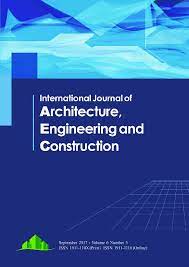Inclusion of NON-TOXICPRINTMAKING in Indian Pedagogy
DOI:
https://doi.org/10.8845/8dy76c77Abstract
This research investigates the growing use of non-toxic printing techniques in Indian higher education institutions, with an emphasis on pioneering initiatives by universities such as the Maharaja Sayajirao University of Baroda, Visva-Bharati University, and Jamia Millia Islamia University. The research examines curriculum revisions and institutional efforts and focuses on the use of safer equivalents for methods like as etching, lithography, relief printing, and serigraphy. Concerns about the health and environmental problems presented by traditional printing chemicals have prompted a move towards non-toxic processes, as indicated by toxicity studies. Institutions not only promote technical competency, but also environmental awareness among students. This movement represents a larger worldwide trend in the art world towards sustainability and health-conscious methods, paving the way for a future in which artistic expression is aligned with environmental stewardship values.


